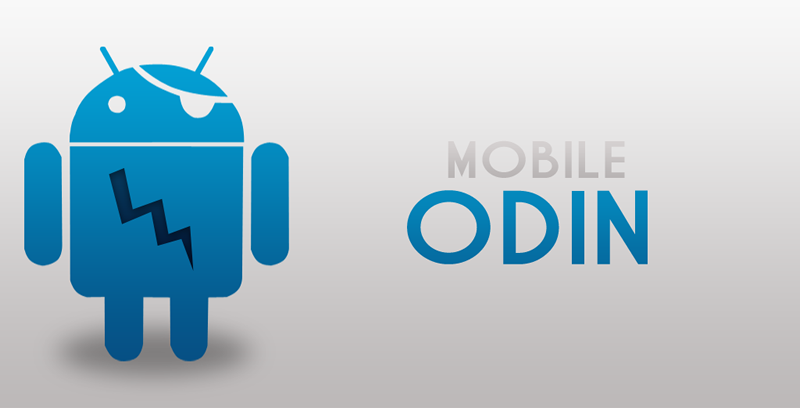Search result

There are rumors today that Apple is going to be switching to Sapphire screen-coating for the next Gen of iPhone (So called iPhone 6). Sapphire coating has been utilized in high-finish watches for some time because of of scratch-resistance or strong durability.
Sapphire is currently utilized on apple iPhone camera contacts and also the iPhone 5S fingerprint sensor, the rumor also calls iWatch will allegedly be using Sapphire coating.
GT Advanced is company behind Apple's Sapphire coating is looking at $500-$700 Million for the deal, since coating a presentation with GT Advanced costs 3-4 more than coating it with Gorilla Glass that cost around $3 dollars per screen.
Anybody excited about the iPhone 6 because of the Sapphire coating?
Source: forbe

According to Korean site ET News, bothSamsung Display and LG Display will ship flexible displays this coming November, and they are considering expanding production capacity thereafter. As the first product will be introduced as an `unbreakable and light' concept phone, the production capacity of the current pilot lines of the two companies will be enough. However, if the response is good, the production capacity is so insufficient that it cannot handle a single mega-class model.
Besides being flexible, why should you be interested in this new display technology? The screens themselves are not made out of glass, they're made out of a plastic substrate that's far more resistant to damage. You'll hear the term "unbreakable" get thrown around a lot, and while I think that's pushing it, you'll definitely be able to drop your flexi-phone to the ground and not have to worry about it getting a nasty hairline fracture.
In addition to Samsung Display and LG Display, Japanese and Taiwanese companies are developing flexible OLED, but they seem to have a long way to go until mass production.

Samsung has begun mass producing 5.25-inch AMOLED displays for the Galaxy S5, end of this month to be exact.
The new display has a diamond pixel arrangement like the S4 and Note 3′s display - green pixels interleaved with alternating red and blue pixels, but with each red and blue pixel shaped like a diamond for increased sharpness and pixel density.
The resolution of the screen will be 2,560×1,440 pixels, equating to a pixel density of 560 ppi, and rumors suggest an LCD variant of the S5 might exist as well.
The 5.25″ size itself makes sense if you consider that LG's current flagship, the G2, features a 5.2″ panel. And the competition between Samsung and LG on all fronts is well known, so we assume that Samsung didn't want its device to feel inferior in any way to LG's.
2014 is indeed shaping up to be the year of 2,560×1,440 resolution in ultra high-end handsets. One wonders where we'll be at in a couple of years' time.
© 2023 YouMobile Inc. All rights reserved






